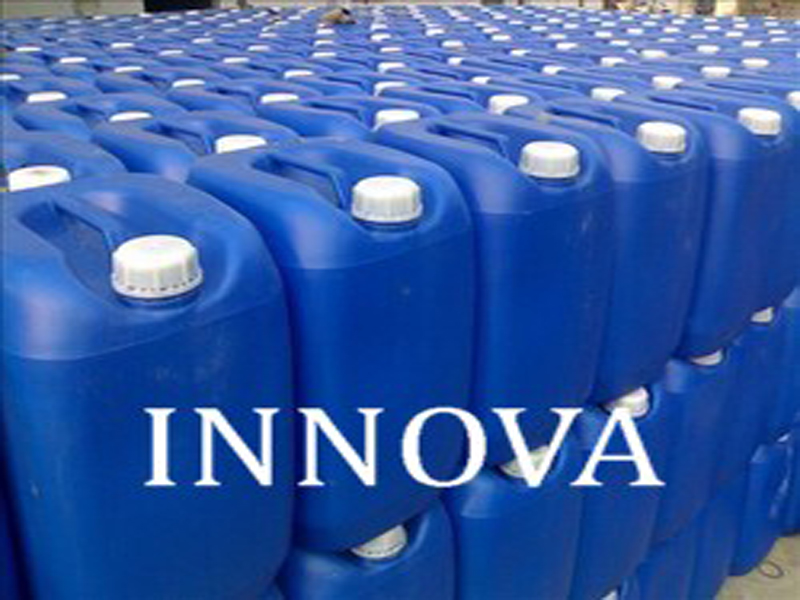- Water Treatment Chemicals
- Ferric Alum
- Polyelectrolyte
- Sodium Meta Bi Sulphite
- Sodium Bi Sulphite
- Sodium Sulphite
- Non Ferric Alum
- Soda Ash
- Sodium Bi Carbonate
- Ferric Chloride Anhydrous
- Ferric Chloride Liquid
- Common Salt
- Ethylene Diamine Tetra Acetic Acid
- EDTA Trisodium
- Sodium Hexa Meta Phosphate
- Tri Sodium Phosphate (TSP)
- Liquor Ammonia
- Cyclohexane
- Morpholine
- Sodium Hydroxide
- Water Softening Chemical
- Boric Acid
- Acetic Acid
- Boiler Chemicals
- Cooling Tower Chemicals
- Polyelectrolyte Anionic
- Polyelectrolyte Cationic
- Anionic Polyacrylamide PAM
- Cationic Polyacrylamide PAM
- Per chloro Ethylene
- Tri Chloro Ethylene
- Hydrated Lime
- Sulphuric Acid
- Hydrochloric Acid
- Hydrazine Hydrate 80%
- Sulphamic Acid
- Sulfamic Acid
- Ferrous Sulphate
- Poly Aluminium Chloride
Acetic Acid
In Australia

Acetic Acid is an organic compound with the chemical formula CH3COOH. which when diluted is also called Glacial Acetic Acid. Acetic Acid is the main component of vinegar (apart from water), and has a distinctive sour taste and pungent smell. Although it is classified as a weak Acid in Australia, concentrated acetic Acid is corrosive, and attacks the skin.
Acetic Acid is one of the simplest carboxylic Acids. It is an important chemical reagent and industrial chemical, mainly used in the production of cellulose acetate mainly for photographic film and Polyvinyl Acetate for wood glue, as well as synthetic fibres and fabrics. In households, diluted acetic Acid is often used in descaling agents. In the food industry, acetic Acid is used under the food additive code E260 as an acidity regulator and as a condiment.
Application
Glacial Acetic Acid is used in paint, varnish, lacquer and related products after conforming the parameters of purity, freezing point, color, water content, iron content, acetaldehyde content and formic acid content for specific requirement.
Glacial Acetic Acid at diluted concentrations can be used to remove warts or verruca. It can also be used via iontophoresis to treat bone spurs. Industrial uses include photography and the manufacturing of aspirin. It's a general-purpose Acid. It has many uses.
Specifications
CAS number: 64-19-7
Pub Chem : 176
Molecular formula: C2H4O2
Molar mass: 60.05 g mol1
Appearance: Colorless liquid or crystals
Density: 1.049 g/cm3 (l)
1.266: g/cm3 (s)
Melting point: 16.5 °C, 290 K, 62 °F
Boiling point: 118.1 °C, 391 K, 245 °F
Solubility in water and fully miscible
Acidity (pKa): 4.76 at 25 °C
Viscosity: 1.22 mPa·s at 25 °C